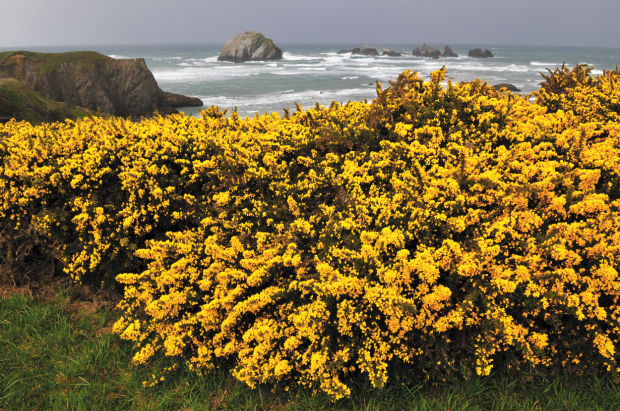

It provides shelter and food for many insects and birds, such as Dartford warblers, stonechats and yellowhammers. What lives in gorse?Ĭommon gorse is a large shrub and a member of the pea family. The flowers and buds are safe to eat raw but they should not be eaten too often or in large quantities as they contain small amounts of toxic alkaloids. As it seeds freely and can readily colonise disturbed ground, it can be highly invasive in heavily disturbed areas. Gorse thrives on free-draining soils with low fertility and indeed it can be out-competed in nutrient rich conditions. Its nitrogen-fixing ability means that it tends to inhabit areas with poorer soils where other plants find it hard to survive. Gorse is an especially hard plant to control once it is established due to its persistent nature. Gorse is one of New Zealand’s worst weeds, and your best ally in tackling it will be diligence. Is broom a wild plant?īroom is a large shrub of heaths, open woodlands and coastal habitats. Broom is on the Dog’s Trust’s list of poisonous plants, containing toxic alkaloids that can have an adverse effect on animal’s heart and central nervous system, if ingested. Is broom plant poisonous?īroom bush, also known as Scotch broom or the common broom, comes in different colours but is often a striking yellow. West Asia and North Africa and together are known as broom. What plant looks like broom?Ĭytisus is a genus of deciduous and evergreen shrubs found in Europe. On mature plants these disappear, and only the spines and the flowers remain. Young plants have trifoliate leaves (slightly resembling elongate clover leaves).

They have spiny green prickles or spines and bright yellow flowers. Gorse is a shrubby, spiny family of plants in the pea family. How many times a year does gorse flower?.What’s the best way to get rid of gorse?.


 0 kommentar(er)
0 kommentar(er)
